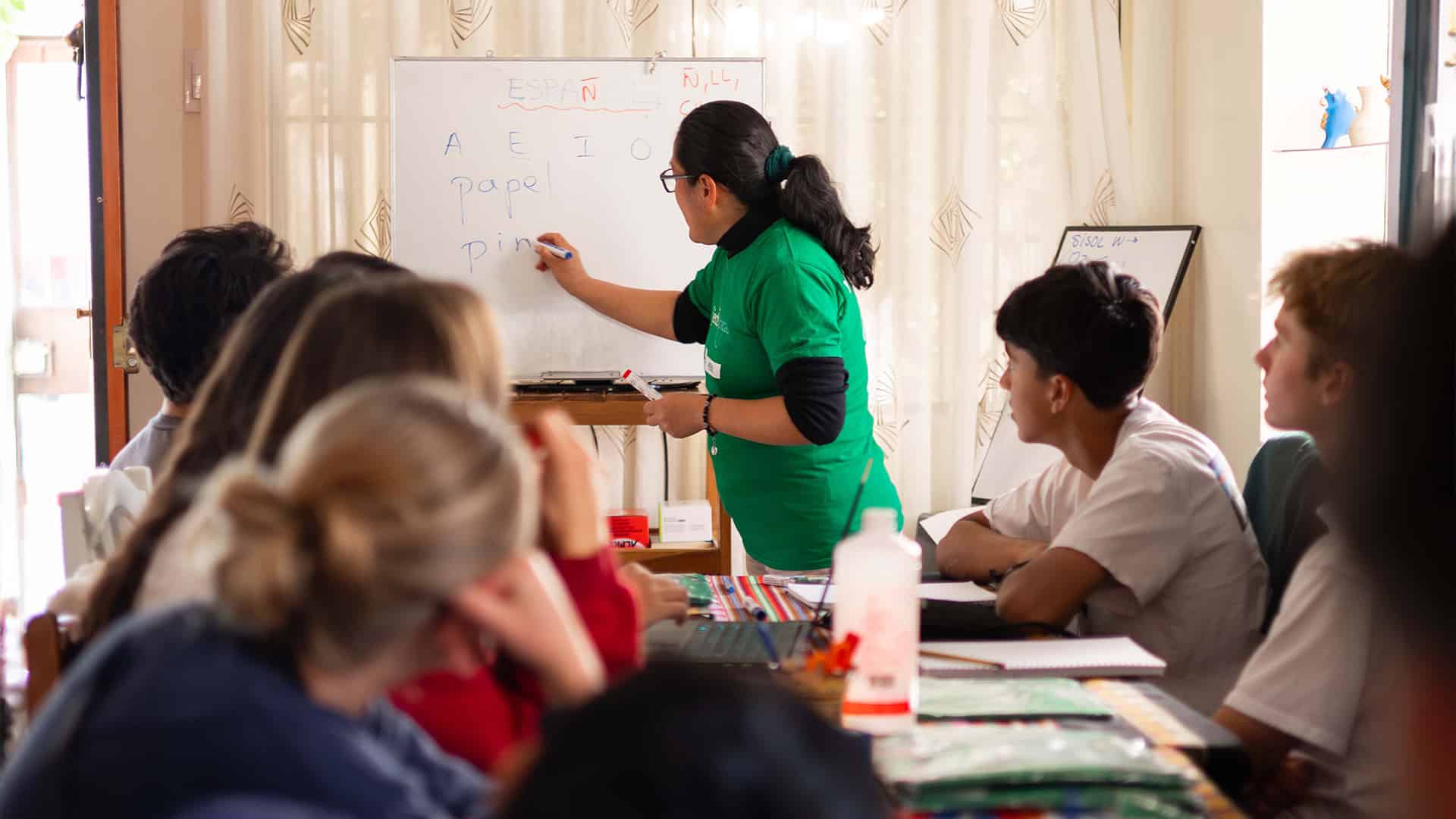Learning a new language can be both mentally challenging and physically sedentary. Sitting for long periods, focusing on grammar rules or vocabulary drills, can drain students’ energy and reduce their focus. That’s why Wellbeing English has developed a dynamic collection of ESL physical health activities that transform traditional language learning into an engaging, movement-based experience. These lessons go beyond the classroom chair, combining fitness, wellness, and English fluency in ways that help students feel both mentally sharp and physically energized.
Why Movement Matters in Language Learning
Research continues to show that physical movement boosts memory, attention, and cognitive function—all critical components of language acquisition. Wellbeing English uses this research as the foundation for its unique approach to ESL physical health activities, bringing energy and purpose into every lesson. By incorporating stretches, simple exercises, breathing techniques, and movement-based games into the learning process, students become more alert, engaged, and confident in their use of English.
These activities aren’t just about staying active; they are intentionally designed to support speaking, listening, reading, and writing. Physical actions are paired with verbal instructions, descriptive language, and interactive conversation. The result is a holistic lesson structure where movement reinforces learning, and language becomes a tool for communication, coordination, and personal expression.
Connecting Physical Health to Practical English
One of the greatest strengths of ESL physical health activities from Wellbeing English is how they merge everyday physical actions with essential English vocabulary. Students practice using verbs like “stretch,” “breathe,” “jump,” and “relax” in real time, allowing them to immediately associate words with actions. For many learners, this kinesthetic approach makes vocabulary more memorable and meaningful than traditional memorization.
In one lesson, learners may follow a guided warm-up using simple instructions in English. As they reach, bend, and walk in place, they repeat and understand phrases such as “touch your toes” or “lift your arms.” In another session, they might play a movement game where they respond to English commands or practice describing body movements with their peers. These kinds of ESL physical health activities increase fluency while reinforcing the link between the body and the brain.
Energizing the ESL Classroom Environment
Wellbeing English understands that energy is key to learning. A tired, distracted classroom struggles with retention and participation. That’s why their ESL physical health activities are designed to stimulate energy, laughter, and collaboration. Movement wakes up the brain and breaks the monotony of passive learning, leading to better student engagement and enthusiasm.
Even short bursts of physical activity can reset attention and improve focus. A five-minute stretch break between reading and writing tasks can make a major difference in classroom dynamics. When movement becomes part of the lesson itself, rather than just a break from it, students are more likely to feel involved and motivated. These activities become moments of joy, connection, and meaningful learning.
Teaching Health Vocabulary Through Action
Vocabulary related to physical health can be hard to learn through textbooks alone. Concepts like posture, flexibility, and muscle groups require visual and experiential learning to make sense. That’s where ESL physical health activities excel. Instead of just reading about what it means to stay fit, students actively engage with that vocabulary by moving their bodies and discussing what they feel.
Wellbeing English lessons often incorporate health-related themes such as exercise routines, stretching sequences, and fitness goals. Students may write about their weekly physical activities, listen to workout instructions, or describe the benefits of a healthy lifestyle. By doing and discussing at the same time, they build a personal connection to the words they’re learning. This creates long-lasting vocabulary retention and greater self-awareness.
Inclusive, Accessible, and Body-Positive
A core value behind Wellbeing English’s ESL physical health activities is inclusivity. These lessons are adaptable to students of all ages, fitness levels, and cultural backgrounds. There’s no pressure to perform or look a certain way. Instead, students are encouraged to listen to their bodies, respect their limits, and find joy in movement.
Instructors are trained to offer modifications, seated options, and alternative forms of expression so that all learners feel welcome and supported. This body-positive environment empowers students to build confidence not only in their English speaking but also in their self-image and wellbeing. By integrating movement with kindness and communication, Wellbeing English creates a safe space for holistic growth.
Integrating English Skills With Wellness Goals
Each of the ESL physical health activities from Wellbeing English supports a specific language goal—whether it’s improving present tense verbs, expanding vocabulary, or practicing conversation. But they also support personal wellness goals like increased energy, improved coordination, and better stress management. These dual goals make lessons deeply meaningful for students, who see progress not just in the classroom but also in their daily lives.
For example, one student might report that after a few weeks of movement-based lessons, they feel more comfortable giving directions in English and also more relaxed and focused at work. Another might find that their vocabulary has improved alongside their posture or breathing habits. These experiences demonstrate how English learning can be life-enhancing when rooted in holistic practices.
Building Stronger Classroom Communities
Movement creates connection. Whether students are doing yoga-inspired stretches, playing cooperative games, or practicing relaxation techniques, they are engaging with one another on a deeper level. The shared experience of movement builds trust, lowers anxiety, and encourages teamwork. That’s why ESL physical health activities are so effective at building classroom community.
Students often feel more comfortable speaking English after they’ve moved together, laughed together, or accomplished a task side by side. These activities remove social barriers and allow language practice to happen more naturally. In this way, movement serves not just physical or academic goals, but social and emotional ones as well.
Supporting Teachers With Ready-to-Go Resources
Teaching language through movement requires planning, structure, and creativity. Wellbeing English makes this process easy by providing complete ESL physical health activities with detailed lesson plans, vocabulary lists, cue cards, and demonstration videos. Whether teachers are working in schools, adult learning centers, or online platforms, these resources are flexible and ready to implement.
Each activity includes notes on classroom setup, safety tips, and cultural considerations. This ensures that teachers feel confident leading engaging lessons that meet both educational and wellness standards. The resources are designed to work for a variety of learners, making them practical and impactful across different ESL settings.
A New Future for Language and Wellness
The future of ESL education is not just about fluency—it’s about creating well-rounded individuals who can thrive in a global world. With ESL physical health activities from Wellbeing English, learners don’t just improve their English—they also improve their health, confidence, and connection to others. These lessons prove that language learning doesn’t have to be still and silent. It can be vibrant, joyful, and full of movement.



